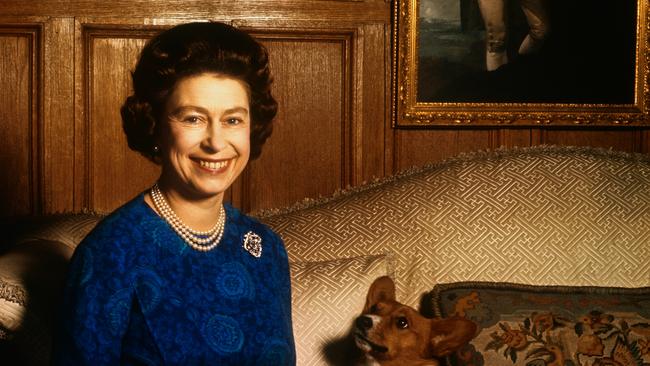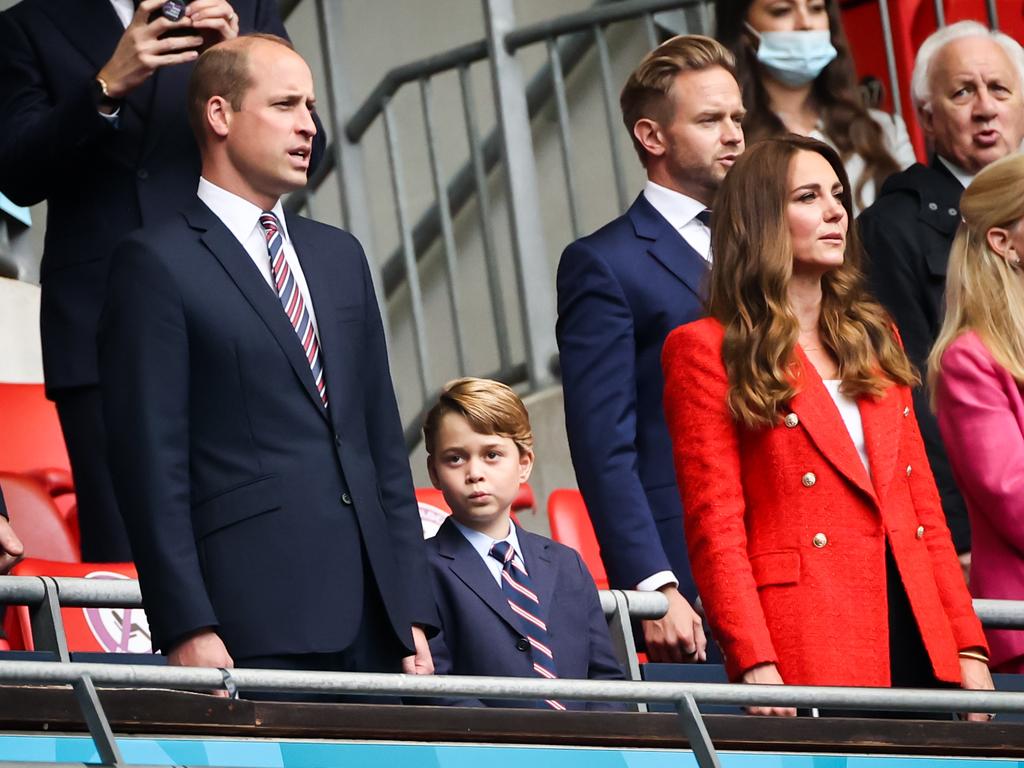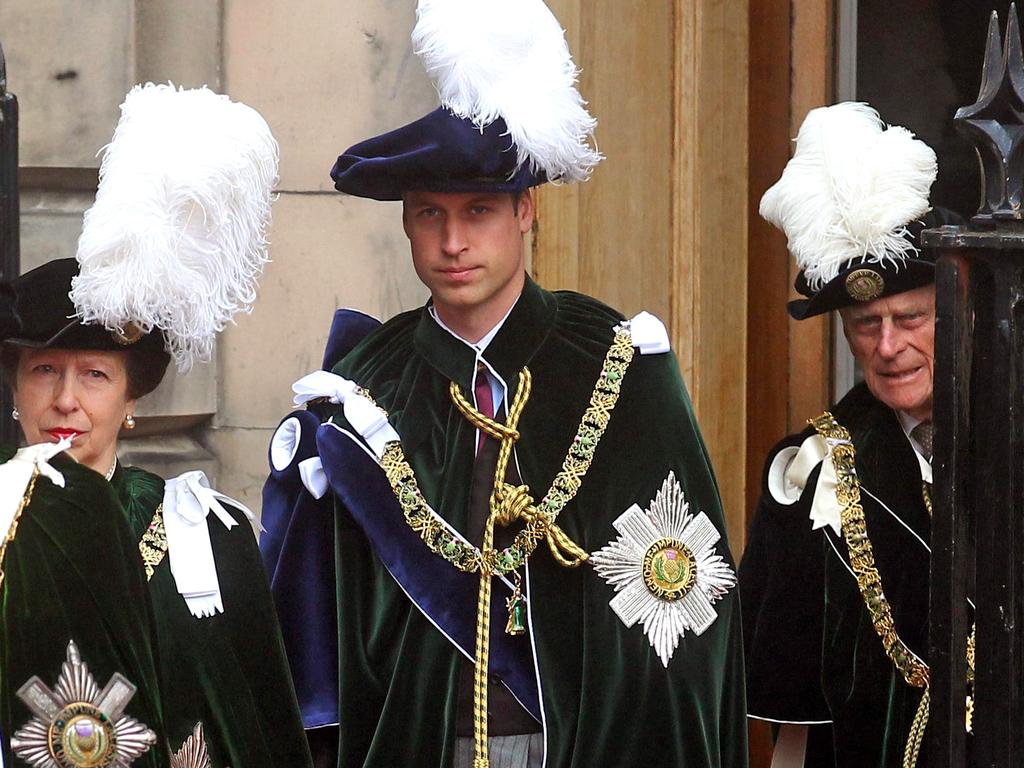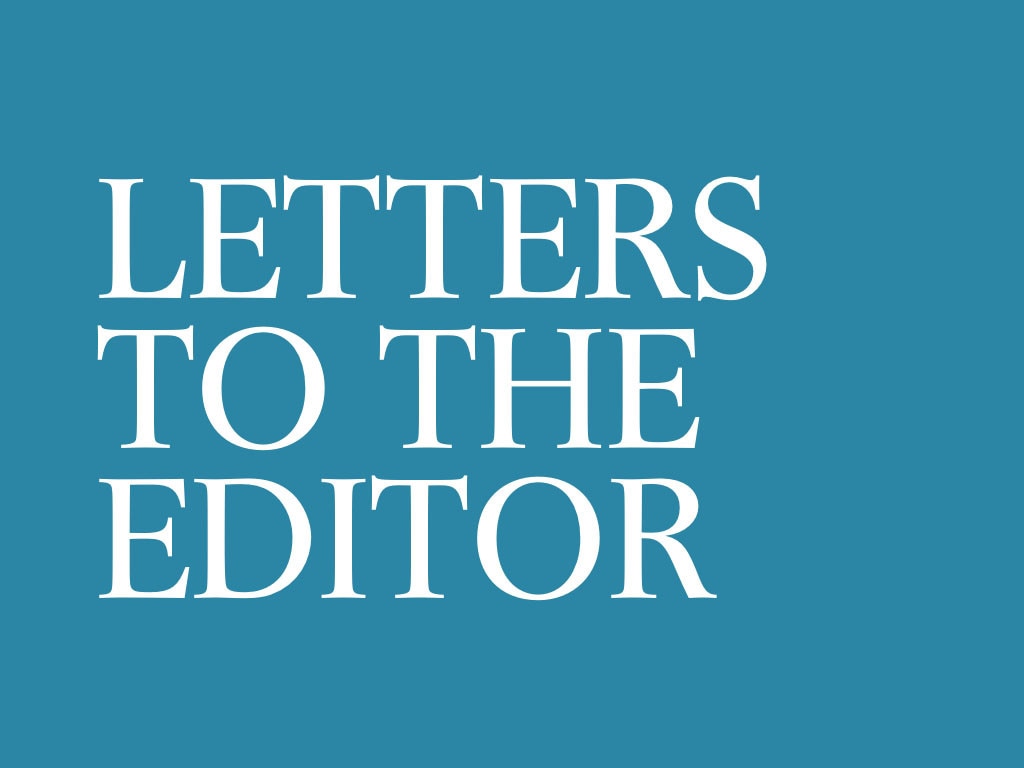
In every instance, ultimate success was hardly certain and never easy. But while the nature of the difficulties varied over the centuries, Elizabeth I, Victoria and Elizabeth II each brilliantly recast the monarchy to meet the demands of a new era.
It was, in many respects, Elizabeth I who faced the most daunting challenges. Ascending to the throne in 1558, when the responsibilities on the monarch’s shoulders were at their peak, the young queen’s legitimacy was immediately disputed by the supporters of Mary Queen of Scots.
And with Catholic Spain backing Mary’s claims, Elizabeth had every reason to fear a recurrence of the usurpations of the crown that in the preceding century had repeatedly rocked the English monarchy.
But intelligence, ruthlessness and shrewd politicking allowed Elizabeth to rapidly assert her authority, bringing enviable political stability: while France was being torn apart by eight murderous civil wars, Elizabethan England enjoyed internal peace, facilitating a vast economic and social transformation and setting the country on its path to global empire.
Judged by today’s standards, quiescence was bought at the price of appalling brutality: there are more documented cases of torture during Elizabeth’s reign than in any other period in English history. However, seen in the context of the times, the remarkable feature was the queen’s willingness to accept, and often encourage, the use of the law as a check on the abuse of power.
It was during her reign that Magna Carta, after three centuries of virtual absence from the courts, acquired unprecedented prominence, becoming a pillar in the protection of English liberties; and she richly deserves to be remembered for instructing Sir Edward Coke, the towering jurist she made attorney-general, that his utmost duty was to subject her to the “rigour of law” while ensuring that “my subjects receive that which to them appertaineth according to law: Justice”.
Every bit as important, however, was Elizabeth’s redefinition of the monarch’s relation to the people. Royal processions were nothing new; but Elizabeth’s “progresses”, in which she toured the rapidly expanding towns in ways that exposed her directly to the public, were a sharp break from the past.
Reporting on the queen’s progress of summer 1568, Diego Guzman, the Spanish ambassador, was astonished by Elizabeth’s eagerness to appear in front of her subjects: “euery part & side of the Coache (was) openyd that all her subiectes might behold her. Which most gladly they desired.”
And in what must rank as the first mass use of visual propaganda, the burgeoning printing industry churned out images of the queen as the virgin Astrea, the last of the immortals in the Ovidian pantheon, “empress of the world, guardian of religion, patroness of peace, and restorer of virtue”.
In short, Elizabeth I forged a pattern that, in stark contrast to continental absolutism, combined accommodation to newly imposed constraints on the sovereign’s authority with an enhanced symbolic reach that cemented the monarch’s role.
Exactly the same pattern provided the vital glue to the reign of Queen Victoria. No doubt, the driving force during her 64 years on the throne was the concomitance of the traumas of the Industrial Revolution with the emergence of democratic politics: the first two Reform Acts more than doubled the registered electorate, while the third increased it by a further two-thirds.
And as electoral reform, the growth of a mass press, the development of the cabinet system and the formation of modern political parties entrenched parliamentary sovereignty, an increasingly sharp distinction appeared between day-to-day politics on the one hand and the monarchy, standing above the fray, on the other.
At the same time, largely under the impetus of William Gladstone, the dominating figure of the era, the monarch’s place in the polity was dramatically reconceived, merging the revolutionary notion that the queen was a public servant – a high-grade clerk from whom the community could legitimately demand selfless devotion to the responsibilities of office – with a vaguely medieval idea that the crown invested her with a glory and grandeur verging on the sacred. The monarch’s duties of public service created a new role for the queen as the tireless patron of a dizzying range of voluntary associations that embodied the Victorian ethos of evangelism, community service and altruism.
As for the symbolic dimension, it was showcased through the greatly increased frequency of events that, beginning with the vast thanksgiving services of 1872, infused the aura of the sacred into sober but imposing public ceremonies. Together with the sheer length of Victoria’s reign – from 1837 to 1901 – the queen’s apparent changelessness in a world of tumultuous change almost certainly made it easier for ordinary men and women to come to terms with the 19th century’s wrenching shocks.
It wasn’t, however, only the grandeur of the crown that proved crucial in the even more difficult years that followed Victoria’s death; it was also the immense strength the British monarchy derived from the ever starker separation, elevated into a constitutional convention, between the monarch and the ruthless cut and thrust of democratic politics.
As its very powerlessness protected a scrupulously neutral royalty from the full blast of everyday politics’ divisive effects, the monarch was able to bask in the sunshine of an affection unadulterated by any of the hostility authority naturally provokes. And while political life became increasingly aggressive, the sentiments of national unity the crown engendered helped shield Britain from the destructiveness that swept continental Europe.
All that Elizabeth II inherited. But presiding over another period of sweeping change, it was an inheritance that could readily have been squandered. Instead, seamlessly bringing together a respect for longstanding forms that comforted traditionalists with an adaptability that encouraged modernisers, she eased the UK’s transition through the end of empire and the birth of a new, ethnically diverse, Britain.
Most of all, however, she has unfailingly exemplified those moral values of decency, dignity and duty that are the foundation of a civilised society. After 70 years of outstanding service, which has made her the worthy equal to her great predecessors, it is hard to think of a more fitting tribute than the words Elizabeth I addressed to parliament as she felt death approaching:
“To be a king and wear a crown is a thing far more glorious to them that see it than it is pleasing to them that bear it. For myself, I was never so much enticed with the glorious name of a king or royal authority of a queen, as delighted that God hath made me his instrument. And though you have had and may have many princes more mighty and wise sitting in this seat, yet you never had nor shall have any that will be more careful and loving.”








It has been England’s great good fortune that three times in its history, as the country’s circumstances and trajectory underwent seismic change, it was ruled by queens whose exceptional longevity, devotion to duty and judgment helped smooth the transition, preserve national unity and create a sense of continuity between the past, the present and the future.